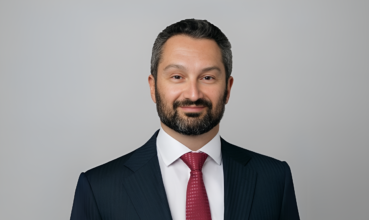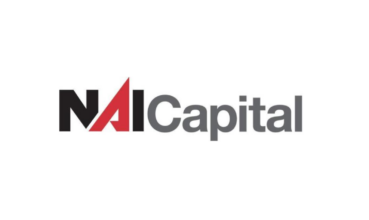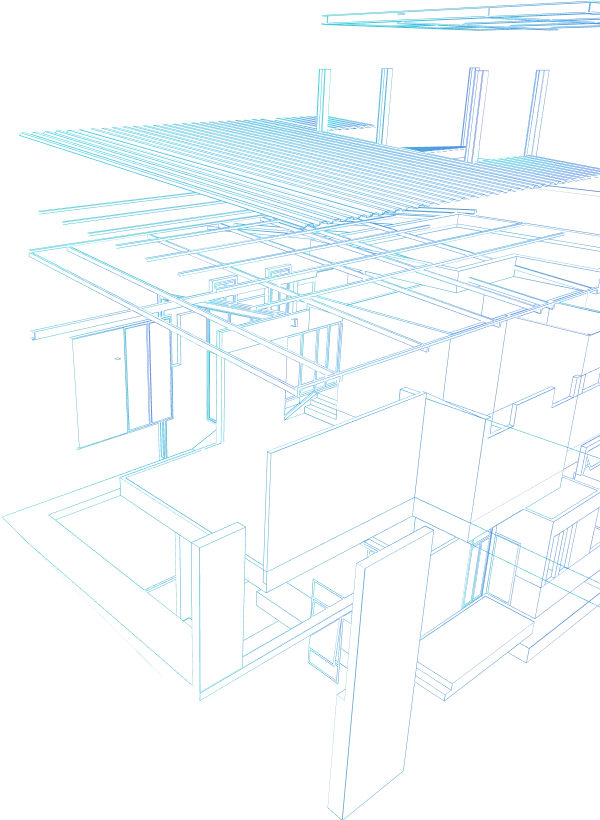“There’s no time like the present,” says Matthew Baron, founder and president of Baron Property Group (BPG), when asked about his advice for aspiring real estate investors....
Finding Value in Manufactured Homes: Insights from a Northeast Florida Real Estate Expert




“There’s a significant distinction between a mobile home and a manufactured home, primarily based on when it was built. June of 1976-1978 marks the dividing line – anything built before that is classified as mobile, while homes built after that date are manufactured,” explains Renea Taylor, a real estate agent with Herron Real Estate specializing in manufactured homes across Northeast Florida.
In a market where traditional housing costs continue to soar, manufactured homes represent an increasingly important affordable housing option, though even this segment has seen dramatic price increases in recent years.
From Accidental Agent to Manufactured Home Expert
Taylor’s entry into real estate wasn’t planned. “I got my real estate license in Arizona in 2000. It’s kind of funny how I fell into it – a girlfriend asked me to go to school with her. She didn’t want to go by herself,” Taylor recalls with a laugh. “I didn’t have any interest, didn’t know anything about the industry at all, but I went to school, got my license, and fell in love with it. I found my niche.”
After moving to Florida, Taylor obtained her Florida license around 2008, stepped away from the industry for a few years due to personal circumstances, and then returned in 2017. Since then, she’s built a thriving business focused primarily on manufactured homes.
“My primary business is centered around a couple of groups of investors. They mainly purchase manufactured homes, rehab them, and then I sell them on their behalf,” Taylor explains. Her expertise spans a vast territory covered by the Northeast Florida Association of Realtors MLS, one of the largest in the United States. Her coverage area stretches from near Gainesville to the ocean, up to the Georgia border, and down to Palm Coast.
The Changing Economics of Manufactured Housing
What was once considered primarily affordable housing has seen dramatic price increases in recent years, mirroring trends in traditional single-family homes.
“Manufactured homes used to be affordable housing for people,” Taylor emphasizes. “But over the last couple of years, as prices have increased, I’m now selling homes for $280,000 and $300,000 that would have sold for $150,000 just a couple years ago.”
This price escalation has fundamentally changed the dynamics of who can afford these homes and has begun to squeeze investors looking for properties to renovate and resell.
“Investors are primarily seeking homes under $100,000 right now, which requires adjustment. There are fewer homes under $100,000 that need rehabilitation in this niche,” Taylor explains. “They’re about to start having to make an adjustment.”
The investment calculations for manufactured homes differ somewhat from traditional stick-built properties. “With manufactured homes, the work required is more expensive and extensive compared to stick-built homes,” Taylor points out.
Market Adjustments and Pricing Strategies
Like other segments of Florida real estate, the manufactured home market is experiencing a correction after the pandemic-fueled boom. Taylor notes that pricing strategies are evolving in response.
“During a webinar just minutes ago, they discussed how Realtors should approach the current market,” she says. “Normally you would examine the sold market within the last six months to determine value. Now they’re suggesting looking at active listings to establish value based on comparable properties currently available. We’re entering a very different market.”
This shift indicates that even recent sales data may not accurately reflect current market conditions, requiring agents to be more attentive to real-time market signals.
Who’s Buying and Selling in Today’s Market?
Unlike some segments of the housing market where sellers are reluctant to give up low mortgage rates, Taylor sees a different dynamic in her niche.
“I think the people that have money are driven to sell,” she observes, noting that many are looking to upgrade. These sellers are typically moving to different asset classes rather than other manufactured homes.
On the buyer side, Taylor has noticed a significant slowdown in out-of-state interest. “It seems like it’s dried up. It felt like we had many people relocate here, and we were like, ‘No, you need to leave. We like Florida,'” she jokes. “I think people have stopped doing that. It’s definitely slowed down.”
Interestingly, Taylor has observed migration within Florida itself, with some buyers moving from South Florida to Northeast Florida. “I’ve had two buyers that have moved from down there to here because they’re just done with how bad the traffic is there,” she notes, adding that affordability and a different lifestyle are also draws to the Jacksonville area.
Challenges for Investors
The investment landscape for manufactured homes has become increasingly challenging. “Finding properties under $100,000 is becoming difficult. Many are selling for $150,000, but they’re not worth more than $250,000 at maximum. If you need to invest $100,000 in renovations, there’s no profit margin. You can’t even cover closing costs,” Taylor explains.
This squeeze on margins mirrors what’s happening in the fix-and-flip market for traditional homes, where investors are finding it difficult to make the numbers work in the current environment.
Despite these challenges, Taylor continues to hunt for opportunities. “If I list property on the market for under $220,000, they would probably sell quickly. But these properties are scarce right now,” she says.
Property Characteristics That Matter
Not all manufactured homes are created equal when it comes to marketability. Taylor has observed clear patterns in what sells quickly versus what lingers on the market.
“Smaller manufactured homes between 1,200 and 1,500 square feet tend to sell slower and remain on the market longer. However, homes between 1,700 and 2,000 square feet command higher prices and typically sell faster,” she notes.
Location also plays a significant role in pricing. “Some areas command higher prices than others. A home that sells for $280,000 in Middleburg might only fetch $250,000 in Palatka,” Taylor explains, highlighting the importance of understanding hyperlocal market conditions.
Northeast Florida: Not Miami
Taylor emphasizes that Northeast Florida offers a very different lifestyle than the state’s more famous southern regions – a fact often misunderstood by potential buyers.
“People often view North Florida as similar to South Florida, places like Tampa and Miami with heavy traffic and urban intensity. The Jacksonville area actually feels like a small town,” she explains. “It doesn’t have that big city atmosphere. It maintains a small-town feel throughout the region.”
This distinction is important for potential buyers to understand. “It can be a culture shock, honestly, because I came from Arizona, which was expansive and busy. You might expect Jacksonville to be a major metropolitan area, it does cover the largest land area, but it has a small-town character. Neighbors know each other, people communicate, and communities look out for one another.”
Looking Ahead
As the market continues to adjust, Taylor remains focused on serving her investor clients while navigating the changing landscape. The manufactured home segment, once primarily viewed as affordable housing, has evolved into a more complex market with its own set of challenges and opportunities.
For buyers priced out of traditional single-family homes, well-built modern manufactured homes offer an alternative with additional benefits. “With manufactured homes, you often get an acre of land, providing the added advantage of space compared to properties with minimal yard area,” Taylor points out.
While stigma around manufactured housing persists, Taylor emphasizes that quality has improved dramatically. “Modern manufactured homes are built to much higher standards – the new ones are comparable to stick-built homes – but it will take time for old perceptions to change.”
Similar Articles
Explore similar articles from Our Team of Experts.




In an industry where miscommunication and mistrust often define the relationship between homeowners and contractors, Block Renovation is creating a paradigm shift. Led by CEO Julie Kheyfets,...


With nearly two decades at NAI Capital Commercial, Tim Steuernol has witnessed multiple market cycles in Los Angeles real estate. While his portfolio includes industrial, retail, and office ...


In a city known for its transient nature, Sari Shapiro stands out as a rare Miami Beach native who has transformed her lifelong connection to the area into a flourishing career in luxury pre...


The aging of the Baby Boomer generation is reshaping the housing market like never before. Laurie Schultz, Principal and Co-Founder of Avenue Development, emphasizes the importance of langua...



